
If you grew up in rural America, a big part of summertime was fireflies.
Or lightning bugs.
Or lightning beetles.
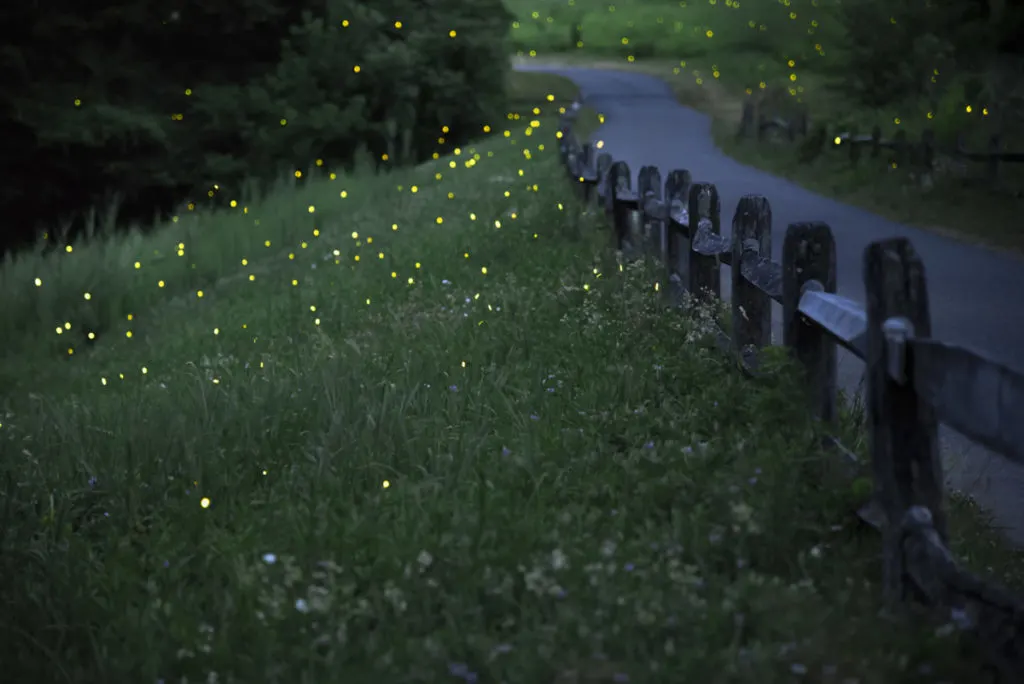
No matter what you called them in your neck of the woods, their arrival usually coincided with the end of the school year, camping trips, and backyard barbeques that went well into the evening.
With their habit of hovering within arms-reach of small children, this bug has a special connection with kids everywhere. What child hasn’t drifted off to sleep with a jar of blinking firefly captives on their nightstand?
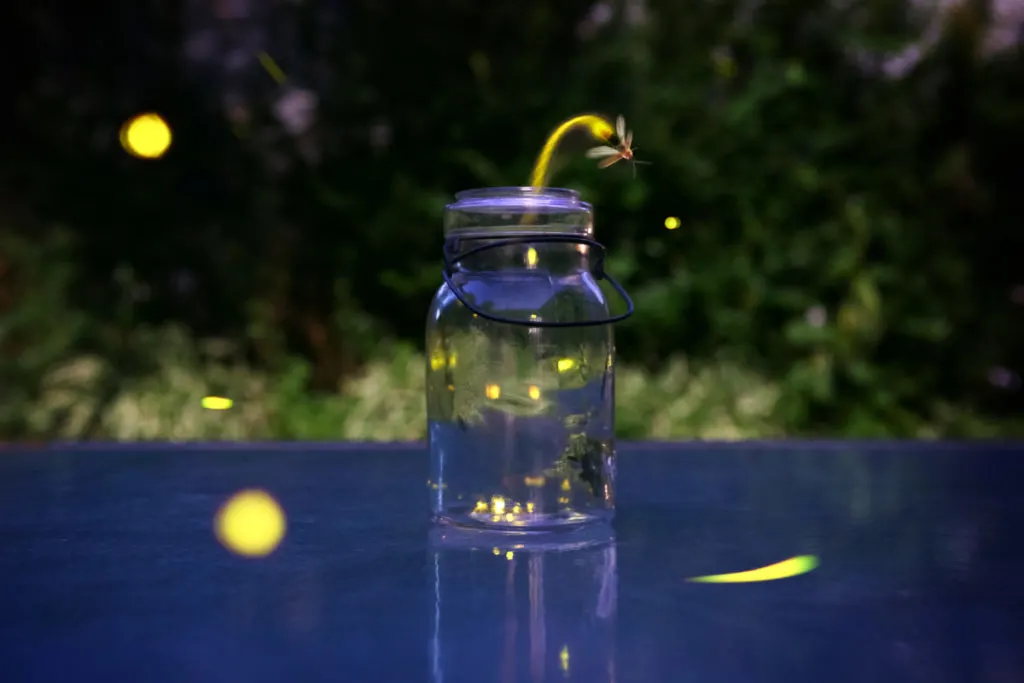
I myself have countless fond memories of running barefoot in the cool, wet grass after dark, chasing these tiny green blurs.
I recall one summer when my friend and I were planning to sleep in my tent in the backyard. We got the brilliant idea of catching fireflies and releasing them into the tent. We figured we could enjoy a private laser light show from the comfort of our sleeping bags.
In reality, we both woke up covered in lightning bug poop. And both of us managed to squash a few in our sleep, smearing fluorescent bug guts in our hair.
Not the most picturesque childhood memory, but it’s a fun one nonetheless.
If you’re serious about attracting these summertime visitors to your yard, it helps to know a little bit about them first.
There are over 2,000 species of fireflies. These happy little bugs aren’t flies, but rather, they’re beetles. They can be found in both the Americas and Asia and are attracted to naturally moist environments. This explains why you’ll see them in droves on humid summer evenings.
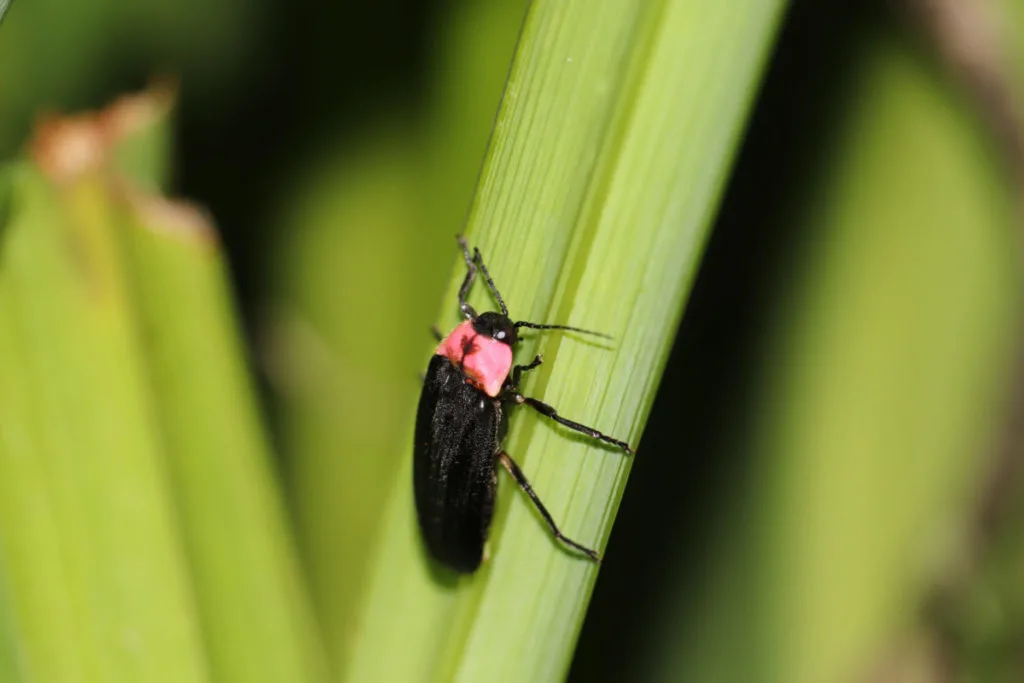
Did you know the pattern of flashes used by a firefly is to attract a mate within their species? Each lightning bug species has its own special “morse code” to help them tell who’s a probable mate and who isn’t.
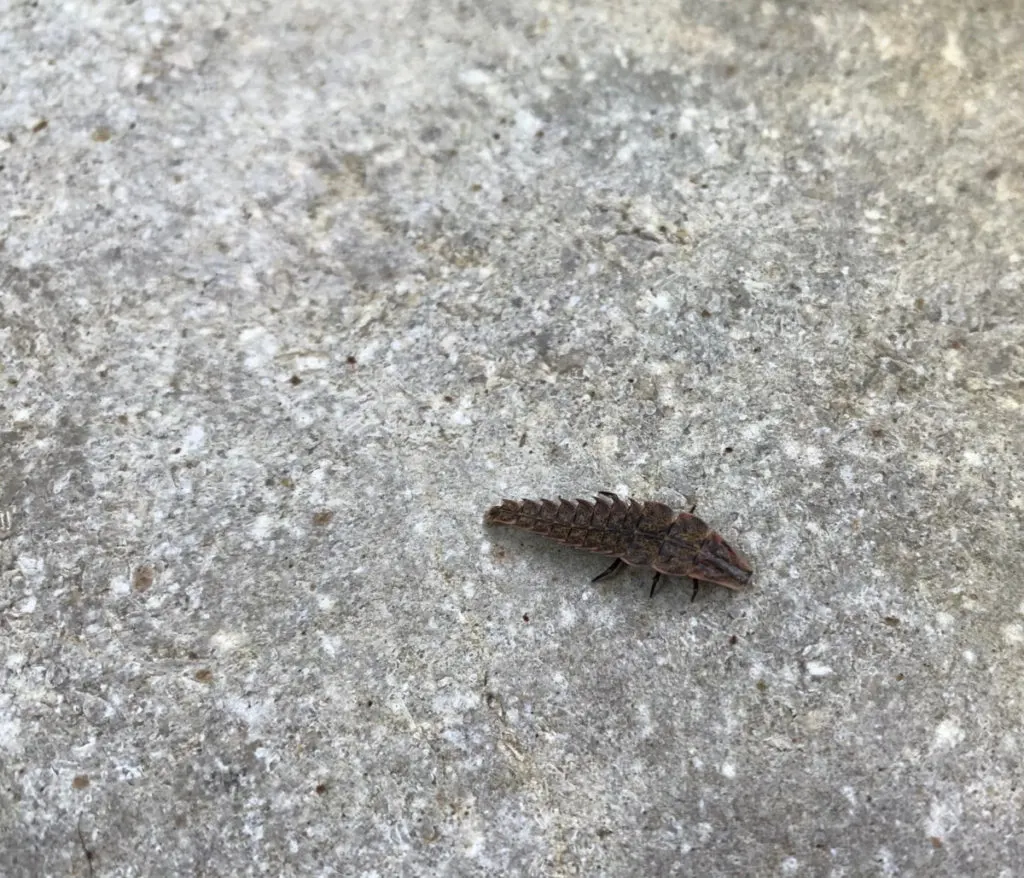
You may have noticed that some of them spend the evening flying around, while others prefer to stay on the ground or shorter shrubs and grasses. The fliers are the males, and the fireflies that stay safely on the ground are the females.
Why Attract Fireflies?
Aside from the obvious memorable summertime evenings you’ll enjoy, fireflies are natural predators. They will happily feast on slugs and snails around your yard. Cabbage gardeners, rejoice!
So, let’s take a look at how to get more of these beautiful beetles to hang out in your backyard.
1. Let Your Lawn Grow Out
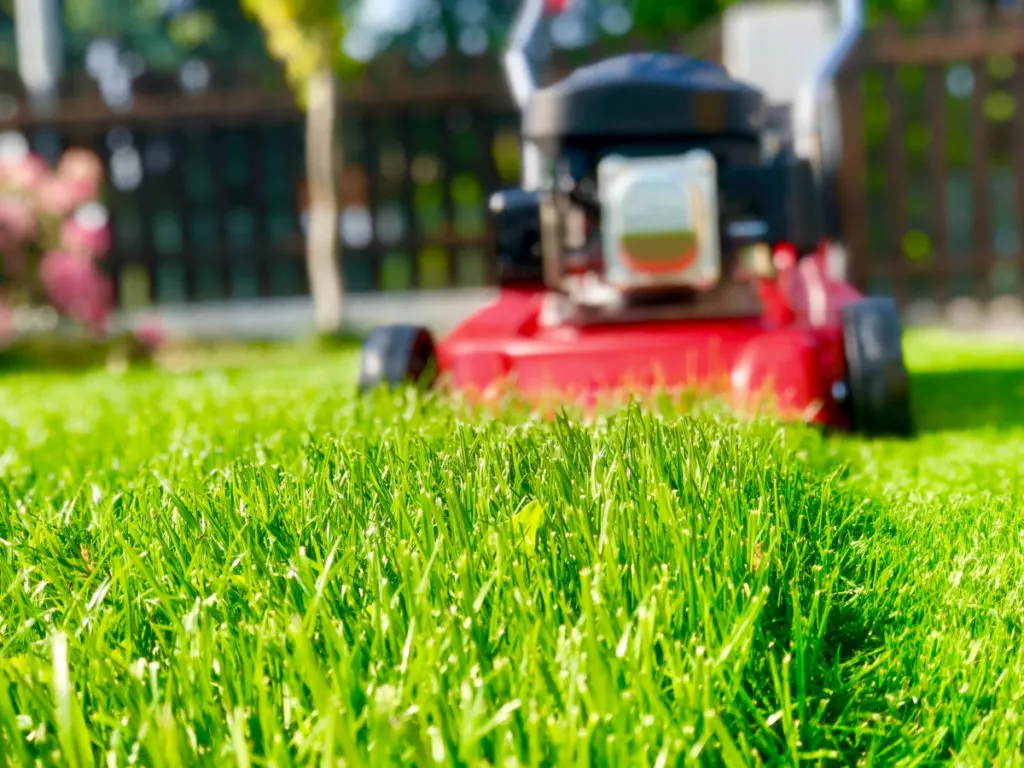
Look, if you’ve read Rural Sprout long enough, you know we’re all about turning your lawnmower into a dusty relic that sits at the back of your shed.
One of the simplest things you can do to attract fireflies to your yard is to let your grass grow. Skip mowing for a week or two. Or even commit to mowing once a month. You can always trim walkways and around buildings.
If you want to get serious about fireflies, consider rewilding a portion of your lawn as a safe haven for bugs in general. Or you could go all out and turn your yard into a wildflower meadow – firefly city!
If you’re worried about giving ticks a place to hide, you can let the boundaries of your yard or even a small portion of the yard further away from your house get good and shaggy while keeping the areas closest to your home trimmed.
2. Add a Water Feature
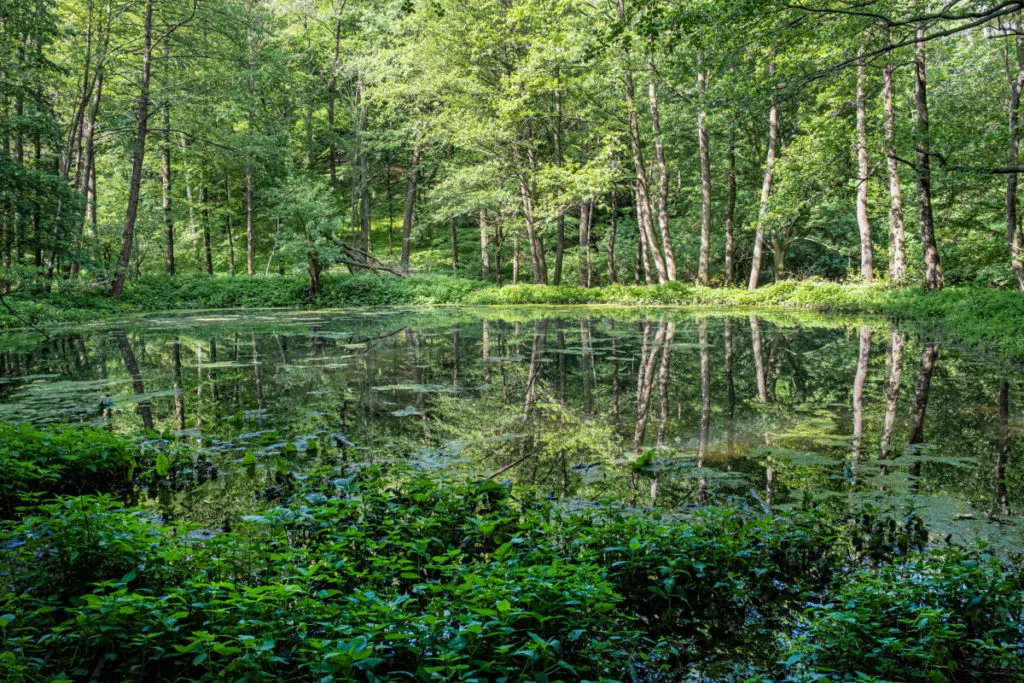
Fireflies love water. Consider adding a pond to your backyard. Of course, there are plenty of other great reasons to put in a pond. However, if you don’t want to go through the fuss of adding a pond, you could always put in a small decorative water feature or self-contained fountain.
You could even do something as simple as turning on the water sprinkler for a little while at dusk.
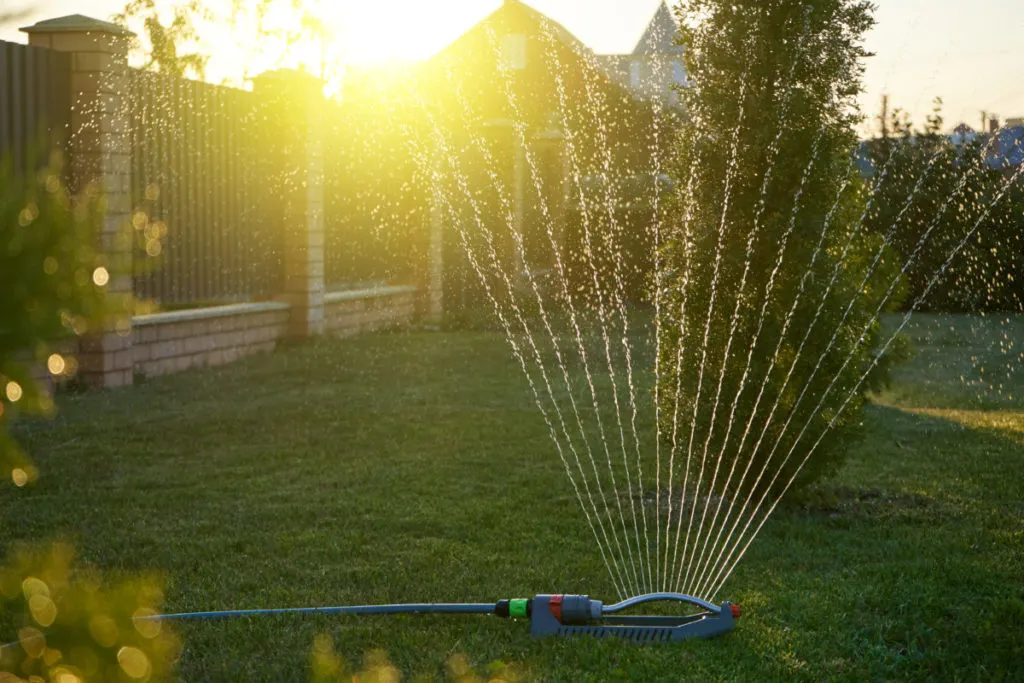
Not only do fireflies appreciate ponds and other water features, but they also enjoy hiding in damp places. Soak a few pieces of bark or wood in water and set them away from high traffic areas in your yard. Fireflies will happily hang out here during the day.
3. Start a Woodpile
Fireflies, like many insects, appreciate the secure hiding place afforded by a woodpile. If you burn wood to heat your home or enjoy a backyard fire in your fire pit, you’re all set. Even if you don’t do either, you can still make a small woodpile in your yard somewhere and leave it to break down over time. Many insects will happily inhabit your little bug commune.
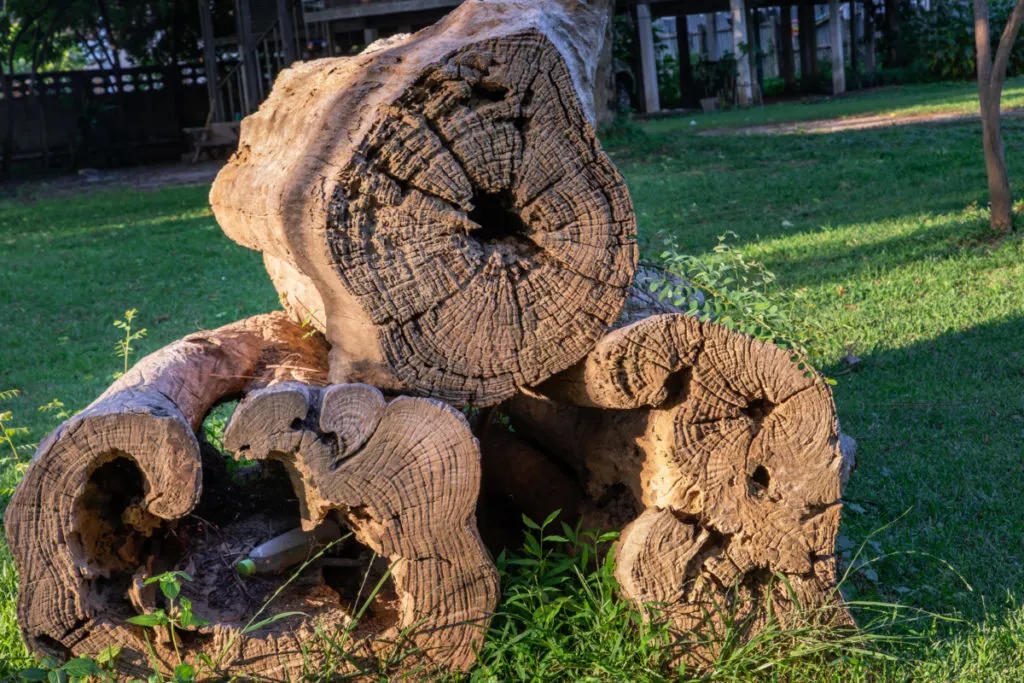
4. Plant Native Trees, Especially Pine
Fireflies are losing their habitat due to our constant expansion. You can help provide a safe place for fireflies by planting native trees. Tree canopies provide a barrier against light pollution, interfering with their ability to find and attract mates.
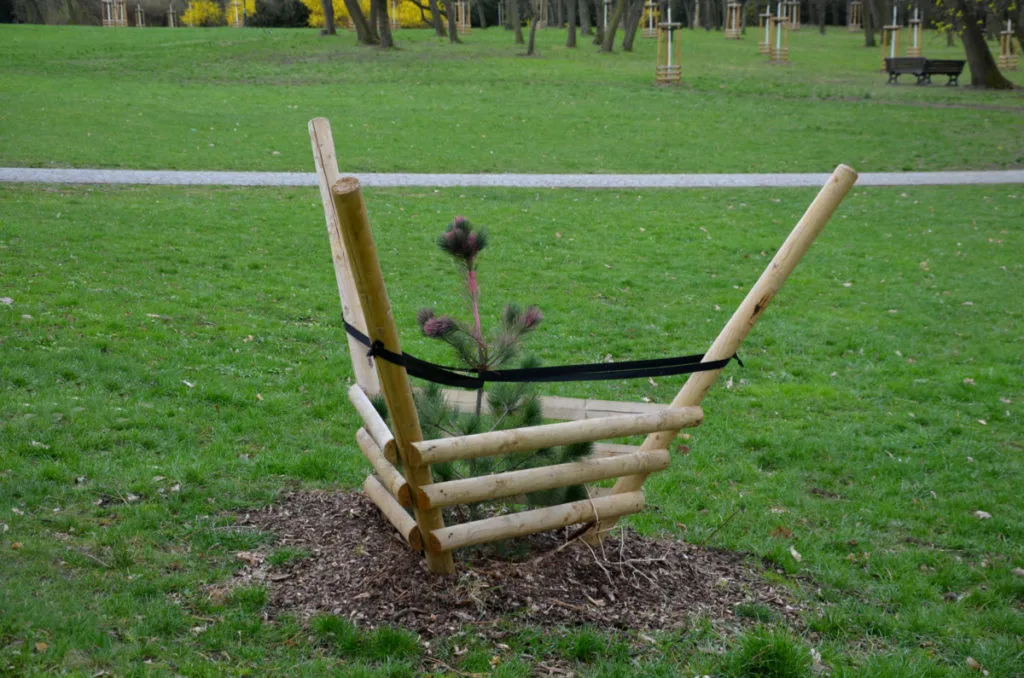
Pine trees are an especially good choice if you want more fireflies in your yard. Their canopies are especially dense, creating an umbrella effect to block out light. And while many consider pine trees to be messy because of all the needles and twigs they drop, this creates the perfect firefly nursery.
(And, of course, the needles have lots of brilliant uses around the home and garden.)
5. Turn Off the Lights and Minimize Traffic Light
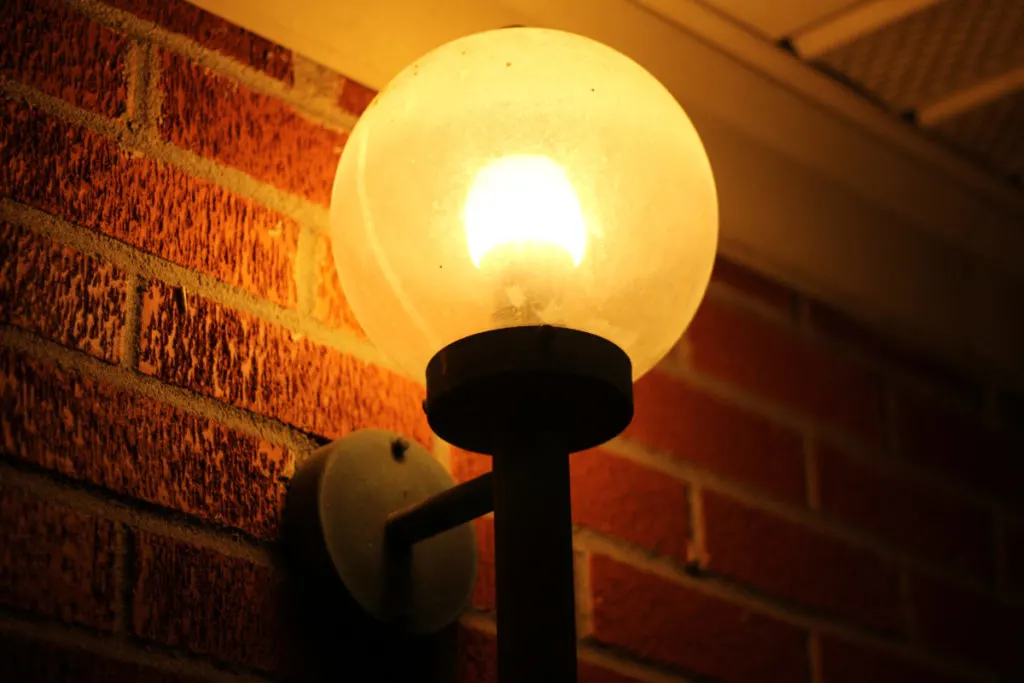
If you want to encourage fireflies to flock to your backyard, you need to make it as dark as possible.
Turn off your porch light.
And the light on your back porch.
And the light above the garage.
And the one down by the shed.
You get the idea.
And don’t forget to close blinds and curtains in your home.
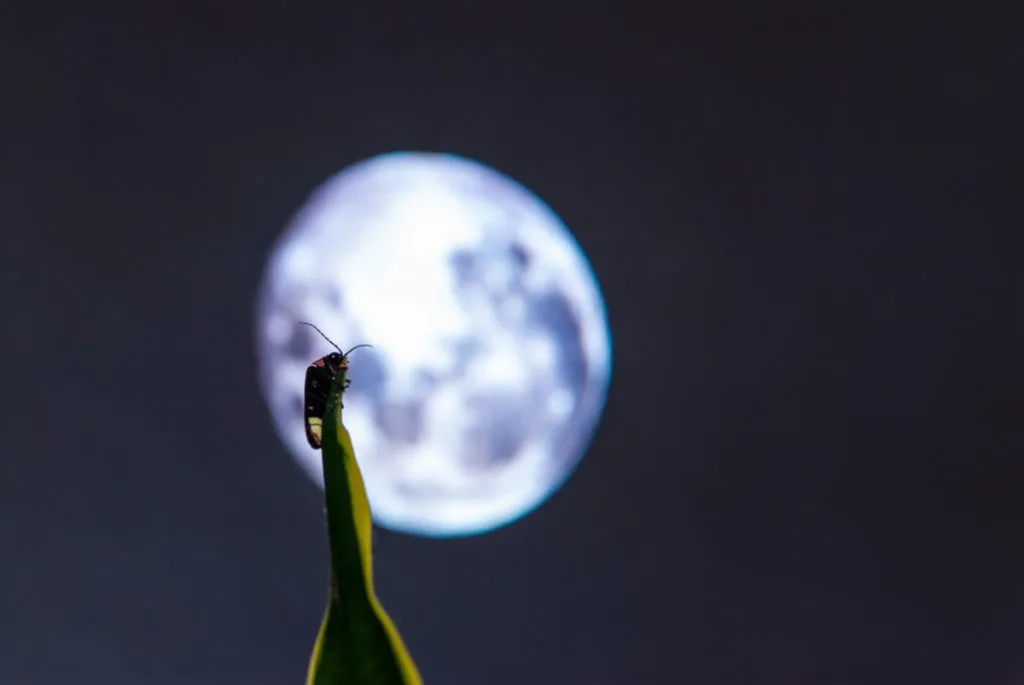
I don’t know how serious you are about creating a firefly haven, but even the light from passing traffic can confuse and throw off fireflies. Consider a privacy fence if you want to create the ultimate dark backyard firefly zone.
6. Skip the Chemicals
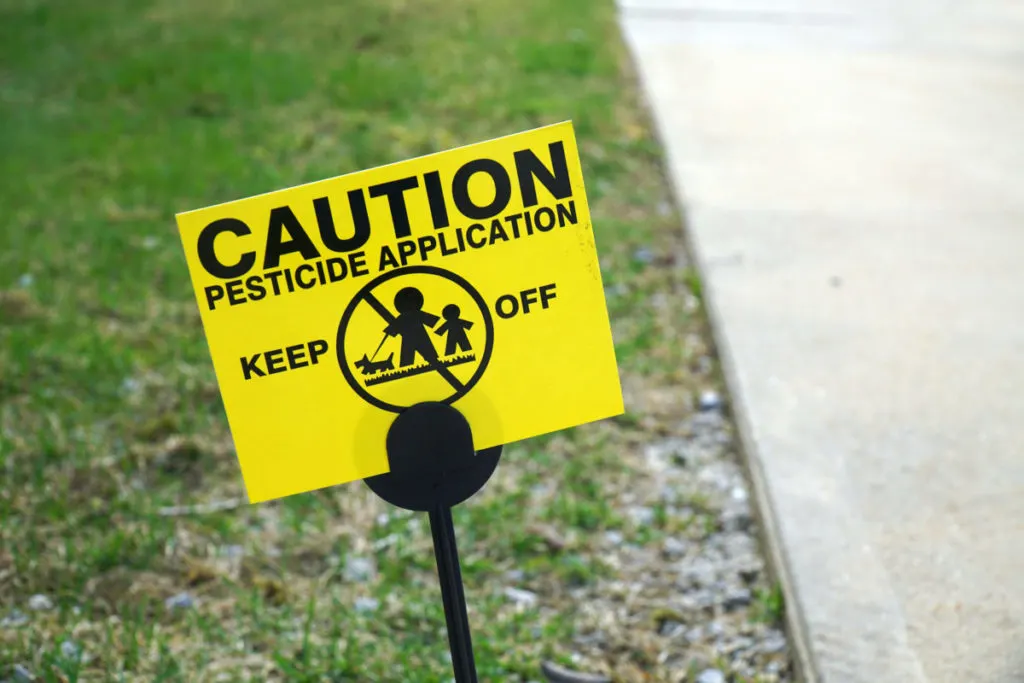
This one is a no-brainer, but fireflies aren’t going to hang out on your recently sprayed Extra Chem-Ultra Green lawn.
Ditch the harsh chemical pesticides. Fireflies won’t stick around for long if they get the idea that bugs aren’t welcome in your lawn. Remember, this whole flashing light thing is all about finding a mate and making more fireflies.
7. Be Good Neighbors
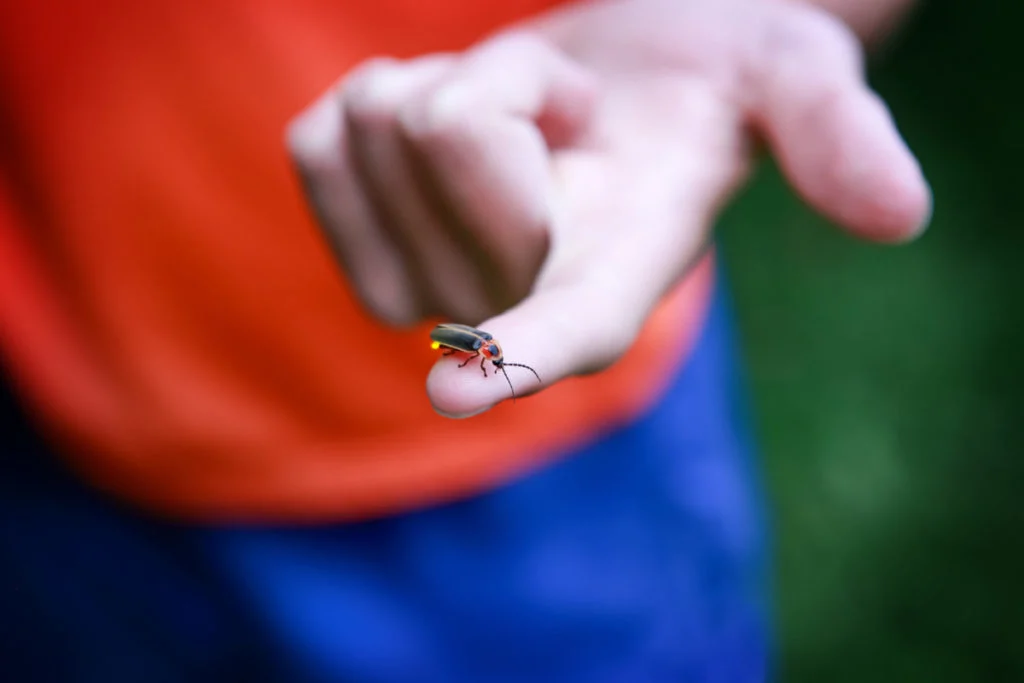
If you notice in the evenings that particular areas of your lawn have a dense firefly population, try to disturb those areas during the day as little as possible. Just as with spraying chemicals, if fireflies don’t feel safe in an area, they’ll move on and keep looking for a better place to mate and lay their eggs.
The same can be said for catching them.
Be mindful when you’re out enjoying fireflies. If you’ve doused yourself in a bug spray to prevent being eaten alive by mosquitoes, it’s best to skip handling fireflies.
If you choose to catch them, consider using a more bug-friendly container to enjoy them in than a mason jar. And always release them within an hour or so of catching them.
Be a Part of Firefly Watch
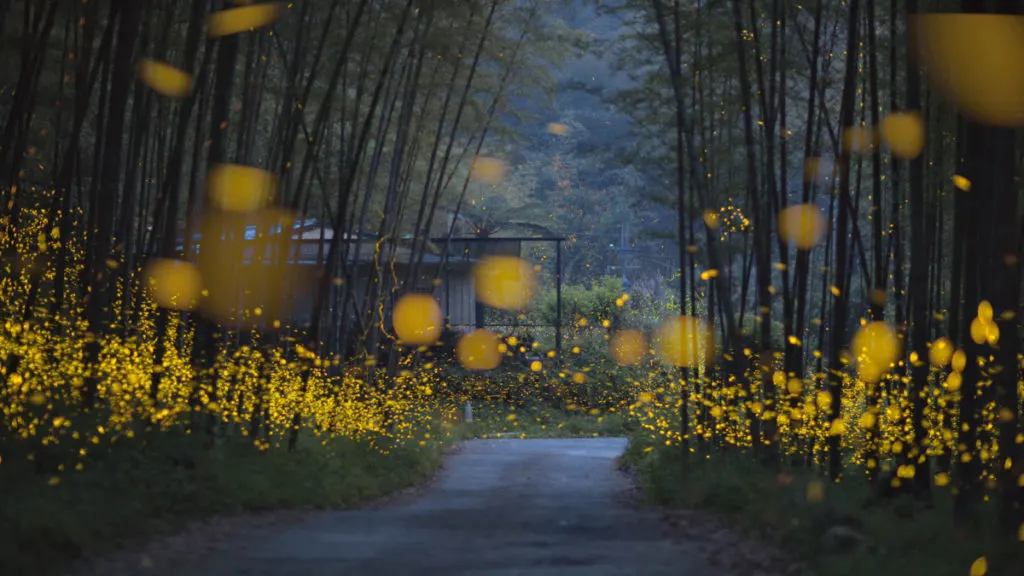
As the global population of insects, in general, appears to be on the decline due to habitat loss and climate change, scientists are paying close attention to fireflies. Currently, we aren’t sure what’s happening with them. Are they also in decline? Are firefly populations growing? Are they more concentrated in some areas?
You can help scientists at Mass Audubon answer this question by enjoying an evening in your backyard once a week for ten minutes, just keeping an eye on your local firefly population. Or the lack thereof.
Click here to learn more and join Firefly Watch.
As a global community, we’re all realizing the importance of insects as a whole, not just our pollinators. If you want to attract more lightning bugs to your yard, I hope you won’t stop there. I hope you’ll consider becoming a more bug-friendly house in general.

Get the famous Rural Sprout newsletter delivered to your inbox.
Including Sunday musings from our editor, Tracey, as well as “What’s Up Wednesday” our roundup of what’s in season and new article updates and alerts.

